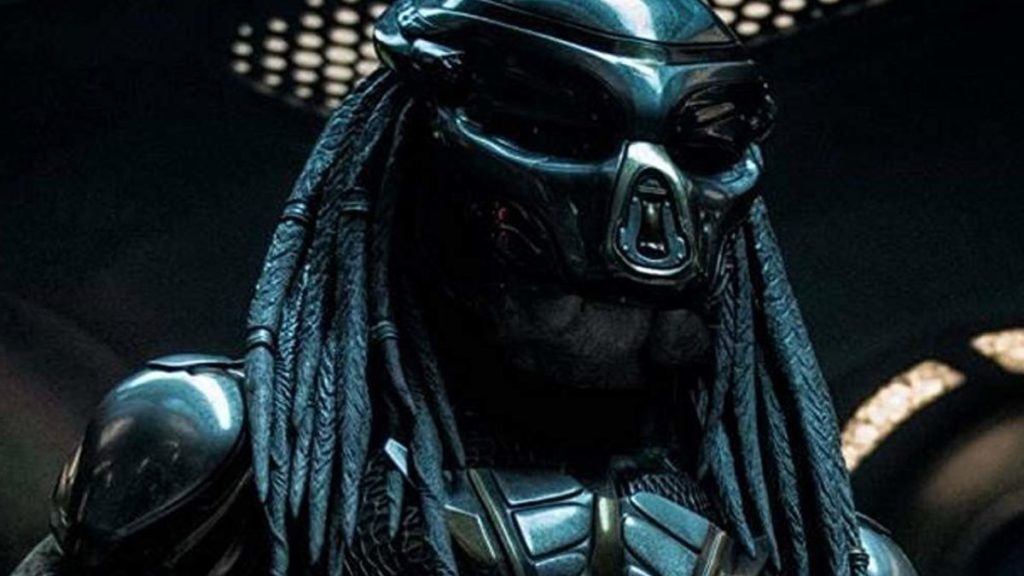The latest edition in the string of soft reboots and sequels that nobody asked for is here! Shane Black directs “The Predator”: the first appearance of the infamous alien creature called the predator since 2010’s fantasy thriller, “Predators.”
This film follows Boyd Holbrook as Quinn McKenna after he has a violent encounter with a predator that has crash–landed in a jungle. McKenna then bands together with a ragtag group of soldiers to fight a bigger, stronger predator than the classic one encountered in the jungle. “The Predator” manages to be a visually stimulating film featuring R-rated violence, overblown action and silly jokes throughout. The film also attempts to make several statements about climate change, mental health and family values that end up confusing and ham-fisted. “The Predator” is a film that feels like it was made by people who had a vision but failed to realize it.
The only real saving grace in this film is the excitement that comes from watching the aliens attack people. Specifically, there is a sequence in a laboratory involving a group of scientists and a predator that is both frightening and exciting. It’s moments like these that make the film sad to watch. There is a clear demonstration of technical expertise that proves to the viewer there was an attempt at creativity hidden behind a wall of mud in this movie. Most of the technology from the predators’ planet is used in creative ways, adding a bit of excitement to the action sequences, but it still feels like a way to distract from the film’s overall silliness.
The performances in this film are overdone — it felt like the actors were trying to do more with the material than was necessary. The characters all feel like they want to be in the limelight at the same time. The star-studded cast includes Keegan Michael Key, Thomas Jane, Olivia Munn and Sterling K. Brown. There is too much going on when the soldiers are constantly cracking jokes while Munn’s Casey Bracket is constantly worried about their safety. The clashing of tones is a consistent problem in “The Predator.” The worst part, however, is Holbrook. Even looking past the poor writing, Holbrook’s delivery is wooden at best. He alternates between angry looks of determination and monotone delivery of orders throughout the majority of the film.
The worst parts about this movie are its many attempts at delivering an impactful message. Parts of the film feel forced and troubling. One scene seeks to send a last-minute message about how one’s weaknesses can actually be strengths, yet moments earlier in the film make soldiers with PTSD and Tourette syndrome the butt of the joke. On top of that, this last-minute attempt at a positive message about mental illness is undercut again because the predator’s attention is quickly shifted back onto McKenna and his unit of soldiers. This chaotic writing leads the film to an ending where the main characters fight the bigger predator, which is entertaining enough but doesn’t do anything to further the message.
Along with the message about mental illness, the way “The Predator” deals with death is so bizarre that it becomes uncomfortable to watch. The characters talk at length about how many people they have killed and how they want to turn over a new leaf and stop fighting people. Despite this, characters constantly brutally kill other people and almost always follow it up with a joke. This makes the entire film feel quite disingenuous, especially when characters who have almost never handled a weapon start to kill people.
“The Predator” manages to supply occasional exciting action which, at the very least, makes for a film that isn’t boring. Besides that, there is not much more this film has to offer. It is another forgettable sequel to a franchise that has never come close to the excitement of the original. “The Predator” pales in comparison to the original from 1987, both in terms of excitement and emotion. More importantly, “The Predator” is a failure that doesn’t succeed in sending a message of any kind.




















